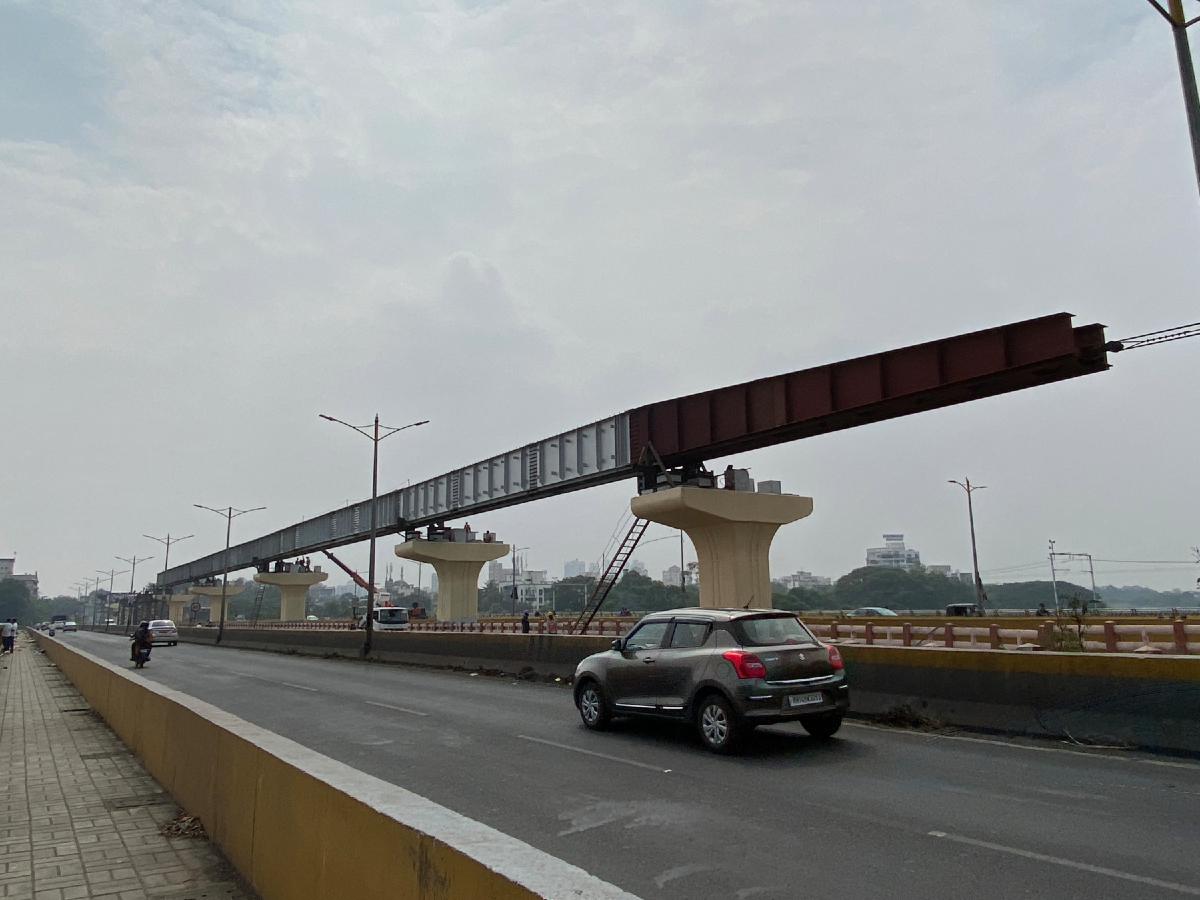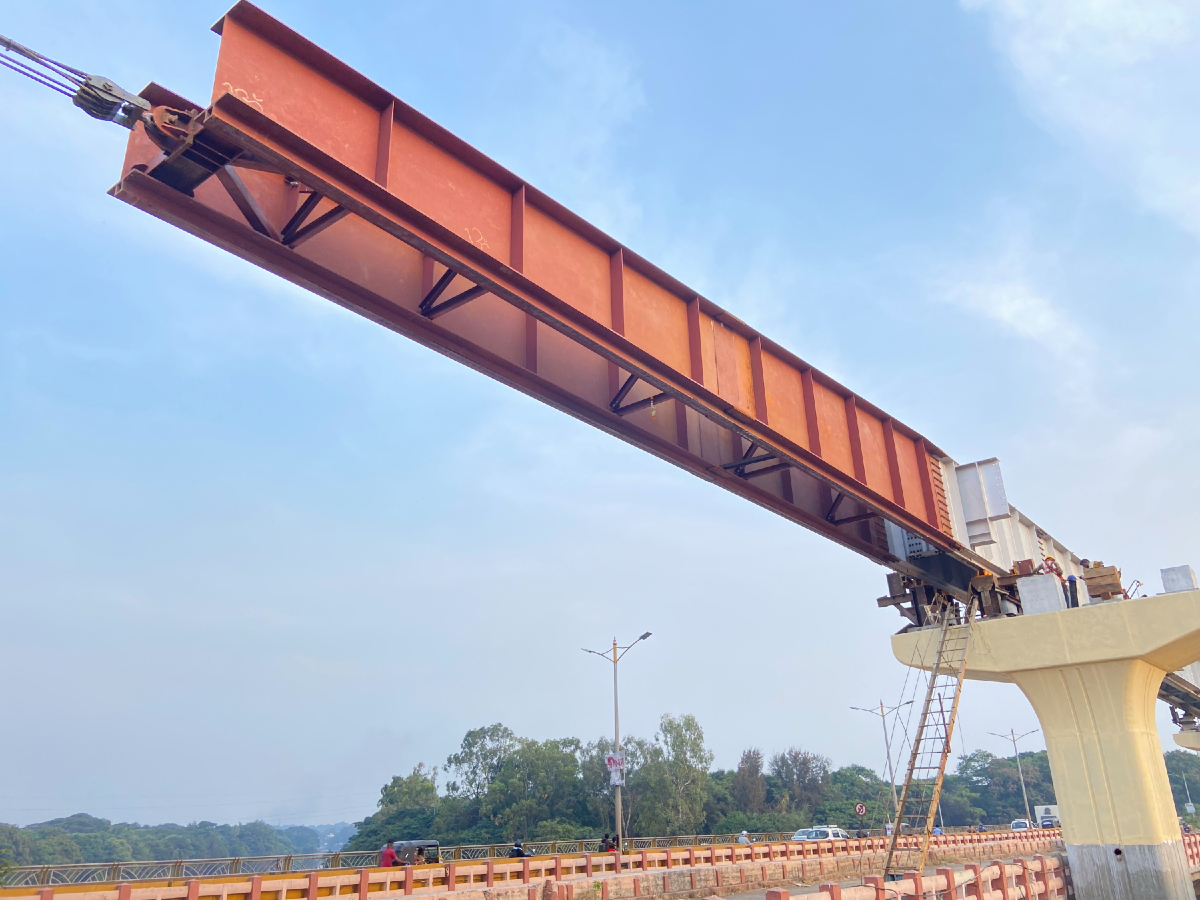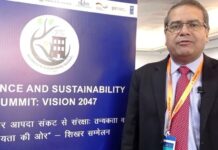Your inspiration to take up engineering as a profession…
As far as I can remember, I have been associated with creative work. Growing up, I used to observe buildings and structures while roaming around, which later inspired me to take up civil engineering as a profession.
Your learning curve from a student to a pro today…
While studying for my diploma, we were involved in multiple practical things which continued during my degree as well. We got to work at the construction sites and had numerous chances to do bar bending, fabrication layout, or some mockup work with the other workers. This marked the starting point of my career and gave me more creative freedom to work on structures other than RCC, making steel even more interesting as a material.
Challenges you face as a structural consultant…
As a structural consultant, I have observed multiple challenges throughout my career. Currently, the construction cost goes up in crores but the amount of time set for completion is most preferably 24 months, or 36 months, and so on irrespective of the cost. This conclusively indicates that the construction should be completed at a faster pace.
Another major challenge is that developers have different styles of working, they have unique systems of machinery, workers, etc., and we have to mould ourselves in such a manner that all resources are used judiciously.
 How do you see the adoption of rolled sections…
How do you see the adoption of rolled sections…
Rolled sections can be used but they also come with a few disadvantages as they have limited options available whereas built-up sections or tailor-made sections can be fabricated and assembled as per the requirements.
Over time there have been multiple changes in construction codes both domestically and internationally. Designs such as cable-stayed bridges are unique but the Indian codes do not have clear guidelines for the same. Since structural sections cannot be used, plates become the better option for efficiency.
If you can change one thing in the construction practices of India…
Prefabricated construction would be beneficial as majority of the projects are situated in urban, populated areas or remote locations. Constructing the sections at the location would not be feasible in remote regions. In such cases, it would be advisable to use prefabricated construction so that it can be done in workshops and directly erected on-site.
How has your relationship been with steel…
Steel is more flexible and one can play with structural steel by increasing the size, afterworks can be done on steel which can help add more strength to the structure. The same can’t be done with concrete.
Your best work in steel so far…
I would have to say the temporary structures such as the current launching of Open-up girders across the Mumbai – Pune Expressway, which is a RDSO Girder. The launching system was designed in such a way that it required a relatively short period for launching and the expressway was closed for just 3 hours during launching. Generally, the contractors are reluctant to purchase new steel sections for temporary work. The challenge in this case was to design the girder by utilising the available structural steel sections with the contractor.
 An international project in steel that inspires you…
An international project in steel that inspires you…
The Eiffel Tower is one such unique structure around the globe. Surprisingly, the names of the workers who were a part of its structure have been mentioned on that structure. Over time, it has become one of the most unique and iconic structures.
How do you update and upgrade yourself with the changing times…
I am an active member of the IRC Code Committee, where we collaborate with the construction field and update the guidelines based on the methodologies, materials, and systems. As someone who has studied Indian as well as international codes, I would like to share a piece of advice for engineers, staying up-to-date with codes and current methods is crucial. Avoiding to do so would not help much with one’s progress.
Practically speaking, training plays a major role in this industry, and the skills that are taught in the institutions might not be the exact skills that are required on-site. In order to prevent such situations companies should train their engineers.
Quick Fire:
Your College: BV Bhoomaraddi College of Engineering and Technology, Karnataka
Total Experience: 29+ years
Your Mentor: My father
Your Mantra for Success: Just do what you do dedicatedly, continuously, and passionately
You Want to be Remembered As: A good engineer
Steel projects you are currently working on:
– Line 2B metro project, Maharashtra
– Temporary Steel Structures for J Kumar Infraprojects Ltd
– Railway projects for M Venkatrao Infrastructure Ltd, Maharashtra





